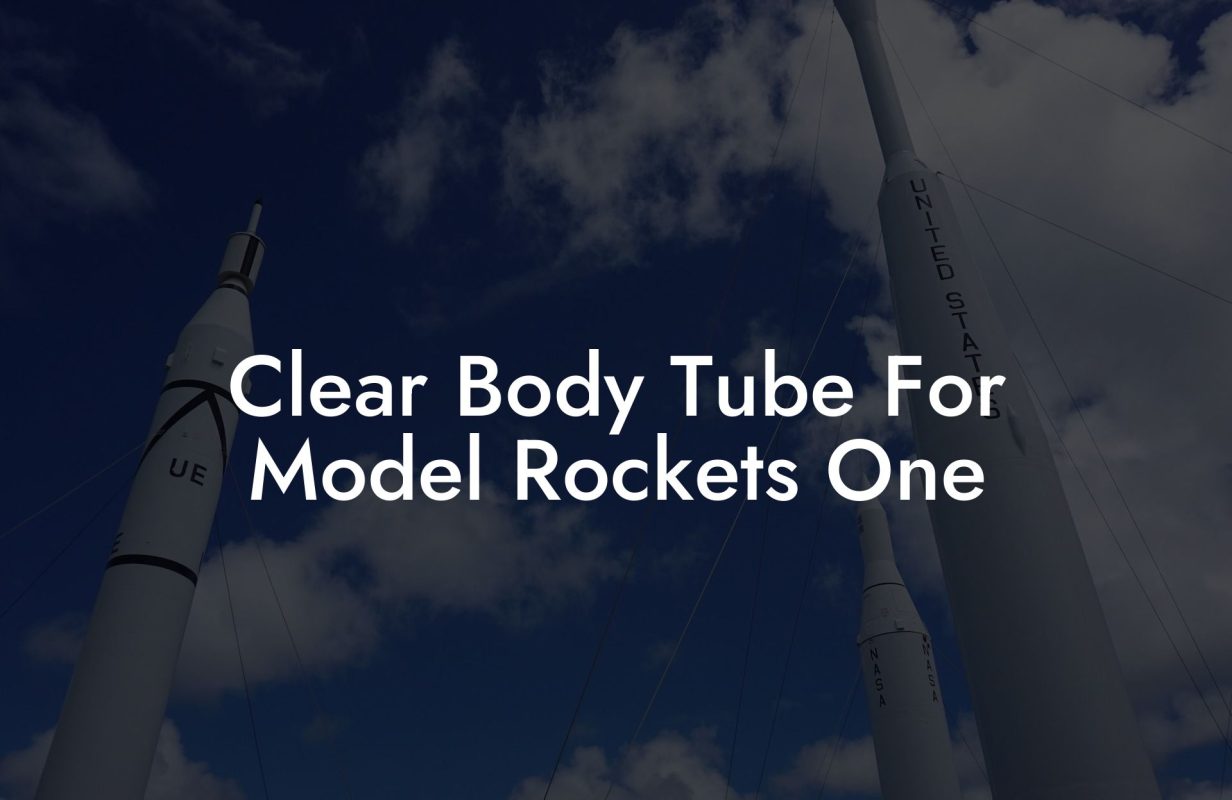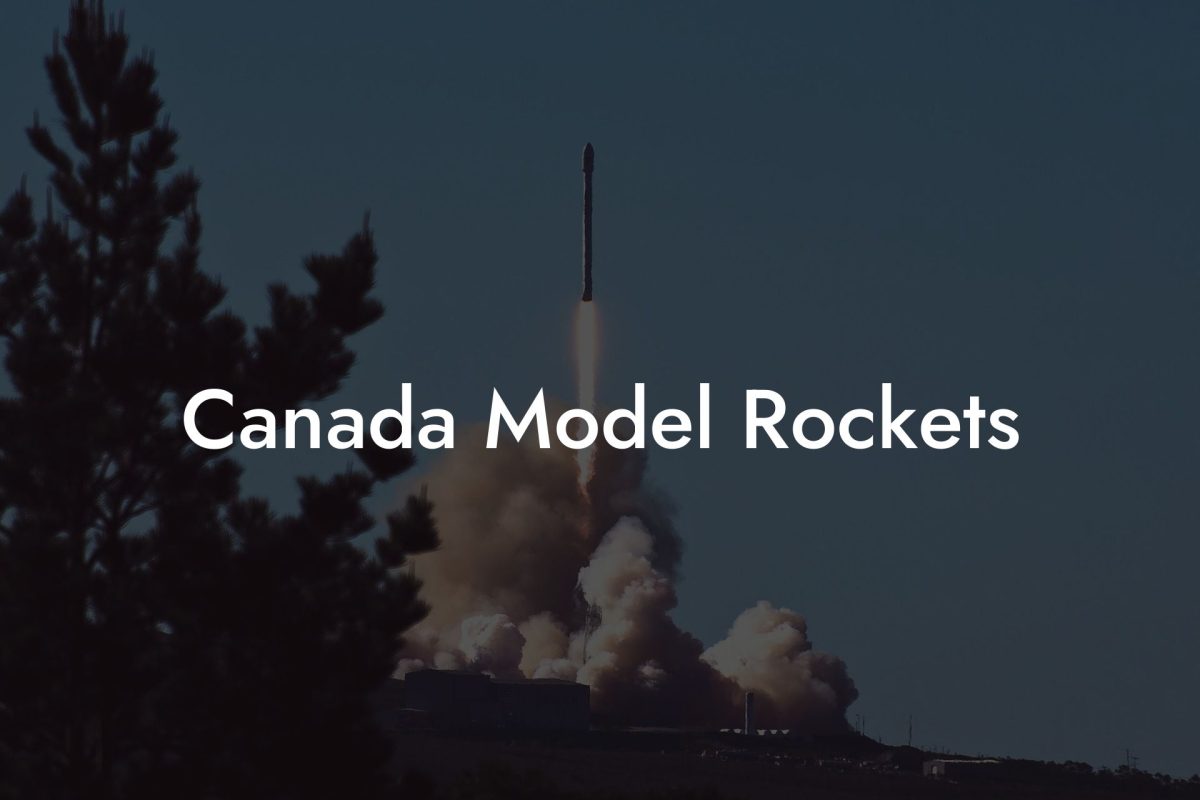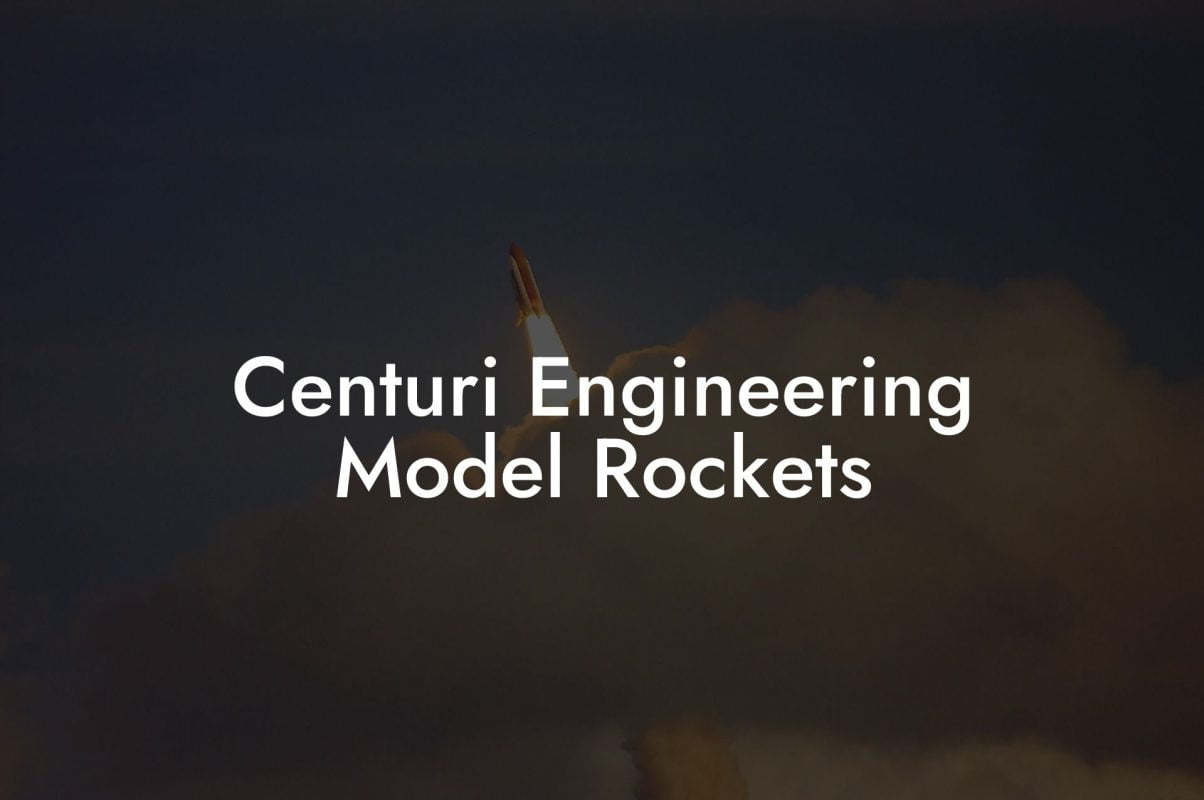Imagine a world where your model rockets soar to new heights, defying gravity and pushing the limits of innovation. Welcome to the realm of epoxy for model rockets – a game-changing adhesive that revolutionizes the way you build, repair, and customize your miniature marvels.
Quick Links to Useful Sections
What is Epoxy for Model Rockets?
Epoxy is a powerful, two-part adhesive that combines a resin and a hardener to create an unbreakable bond. In the world of model rockets, epoxy is the unsung hero that helps you build stronger, lighter, and more durable models that can withstand the rigors of flight.
Unlike traditional adhesives, epoxy offers unparalleled strength, flexibility, and resistance to heat, chemicals, and impact. This makes it the perfect choice for bonding plastics, metals, and other materials used in model rocket construction.
The Benefits of Epoxy for Model Rockets
So, why do model rocket enthusiasts swear by epoxy? Here are just a few reasons why this miracle adhesive has become an essential tool in the hobby:
- Unbeatable Strength: Epoxy bonds are incredibly strong, ensuring that your model rocket can withstand the intense forces of launch and flight.
- Lightweight and Durable: Epoxy is surprisingly lightweight, making it perfect for model rockets where every gram counts. Plus, it's highly resistant to damage and wear.
- Chemical Resistance: Epoxy is impervious to fuels, solvents, and other chemicals that might damage your model rocket.
- Easy to Use: With the right techniques and tools, epoxy is surprisingly easy to work with, even for beginners.
Choosing the Right Epoxy for Your Model Rocket
Not all epoxies are created equal. When selecting the right epoxy for your model rocket, consider the following factors:
Looking For The Best Model Rocket Kits? You'll Love These:
- Type of Materials: Ensure the epoxy is compatible with the materials you're using, such as plastics, metals, or composites.
- Viscosity and Flow: Thicker epoxies are better for bonding large surfaces, while thinner epoxies are ideal for intricate details.
- Cure Time and Temperature: Faster-curing epoxies are perfect for rapid prototyping, while slower-curing epoxies offer more working time.
- Color and Finish: Choose an epoxy that matches your desired color and finish, from clear to opaque, and glossy to matte.
Epoxy Techniques for Model Rockets
Mastering epoxy techniques is crucial for achieving professional-looking results. Here are some essential tips and tricks to get you started:
- Surface Preparation: Clean and prepare surfaces for optimal bonding.
- Mixing and Application: Mix epoxy accurately, and apply it in thin, even layers.
- Curing and Clamping: Control temperature and humidity to ensure proper curing, and use clamps or weights to maintain pressure.
- Sanding and Finishing: Use the right sanding techniques and materials to achieve a smooth, high-gloss finish.
Epoxy Safety and Precautions
While epoxy is an incredibly powerful tool, it does come with some risks. Always follow these safety guidelines to avoid accidents and injuries:
- Wear Protective Gear: Gloves, safety glasses, and a mask will protect you from skin and eye irritation.
- Work in a Well-Ventilated Area: Epoxy fumes can be hazardous, so work in a well-ventilated space or use a respirator.
- Avoid Skin Contact: Epoxy can cause skin irritation, so handle it carefully and wash your hands thoroughly after use.
- Follow Instructions: Always read and follow the manufacturer's instructions for mixing, application, and curing times.
Resources and community Support: Your Next Steps
Ready to take your model rocket building to the next level with epoxy? Here are some valuable resources to help you on your journey:
- Online Forums and Communities: Join online forums and social media groups dedicated to model rocketry and epoxy usage.
- Tutorials and Guides: Explore in-depth tutorials, videos, and guides on epoxy techniques and model rocket construction.
- Local Hobby Shops and Clubs: Connect with local hobby shops and clubs for hands-on guidance and support.
- Manufacturer Resources: Visit manufacturer websites for product information, safety guidelines, and technical support.
Looking For The Best Model Rocket Kits? You'll Love These:
Useful Interruption: Dive deeper into the world of Model Rockets with our most popular sections. If there is anything you think is missing or anything you would love for us to write about, just give us a shout.
- Getting Started & Basics With Model Rockets
- Model Rocket Design, Build & Customization
- Model Rocket Propulsion & Engine Technology
- Model Rocket Launch Techniques & Recovery
- Model Rocket Advanced Rocketry & Innovations
- Model Rocket DIY and Customization
- Model Rocket Equipment Reviews & Digital Tools
- Community, Competitions & Education
- Model Rocket Troubleshooting & FAQs
- Model Rocket Bonus/Seasonal & Niche Topics
A group of model rocket enthusiasts gathered at a field for their weekly launch event. Among them was Dave, a seasoned builder known for pushing the limits of hobby rocketry. This time, he had outdone himself.
“Ladies and gentlemen,” Dave announced, dramatically pulling a cloth off his latest creation, “I present to you: The Kraken!”
The crowd gasped. This wasn’t just a model rocket, it was a monster. The thing stood 8 feet tall, had six clustered engines, and was covered in enough duct tape to qualify as a classified aerospace project.
“Dave,” muttered Steve, the cautious safety officer, “Have you, uh… done the math on this?”
“Math?” Dave scoffed. “I built it in my garage at 3 a.m. with parts from eBay. This is an art piece, Steve.”
The countdown began.
5…
4…
3…
2…
1…
The engines ignited with a BOOM, and The Kraken shot up… kind of. It immediately did a violent barrel roll, narrowly missing the spectators before skyrocketing at an angle that could only be described as “legally questionable.”
The crowd collectively ducked as The Kraken flew straight over the adjacent cornfield, where Old Man Jenkins, the grumpiest farmer in town, was minding his business.
KABOOM!
The rocket disappeared behind the barn. A moment later, a flaming piece of Estes igniter wire landed at Steve’s feet. The silence was deafening.
And then, an unmistakable sound echoed across the field.
Jenkins’ shotgun being cocked.
“DAVE!!!” Steve shouted. “RUN.”
And that was the day Dave invented the first-ever biologically powered rocket booster: pure adrenaline.
To this day, nobody knows where The Kraken landed, but legend has it, it still haunts the skies, terrifying unsuspecting drones and low-flying birds.















